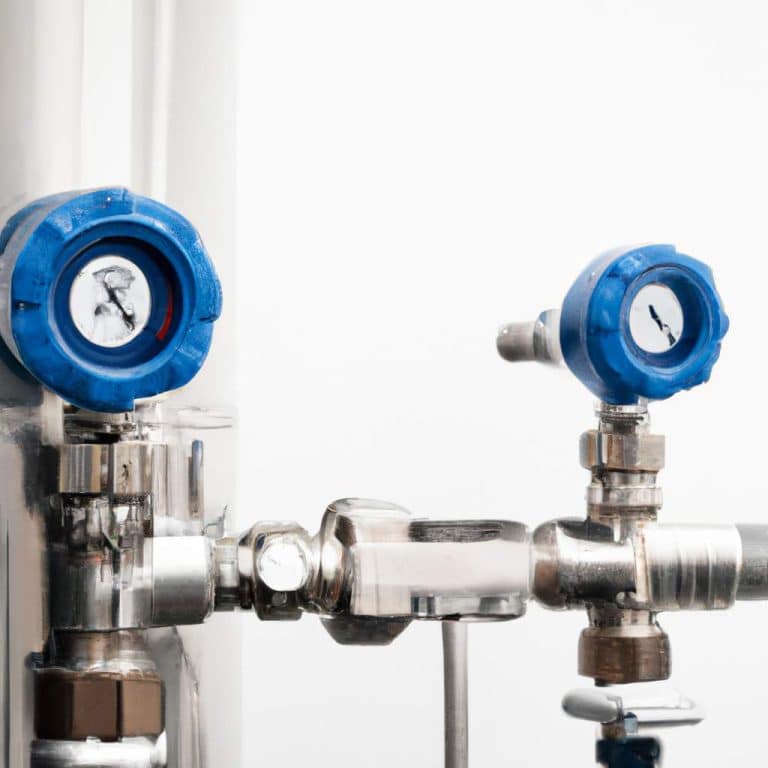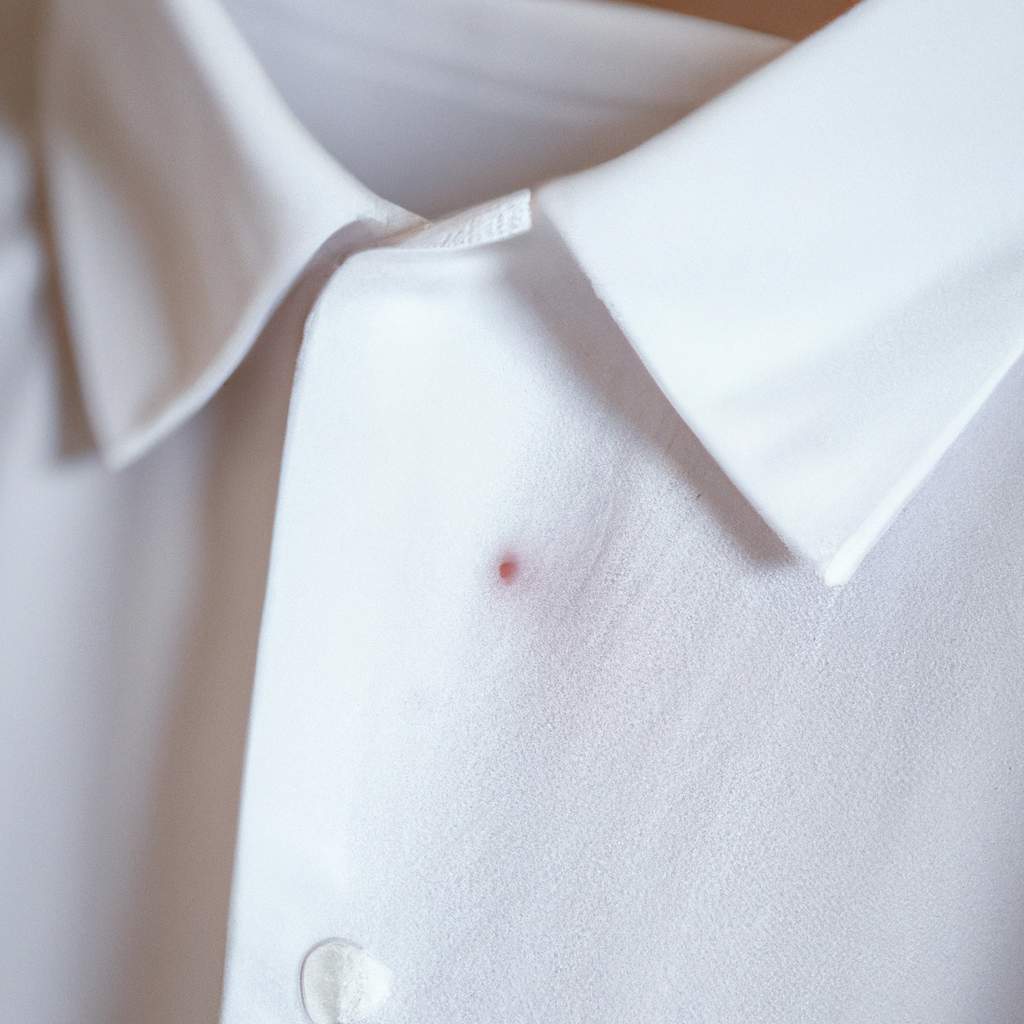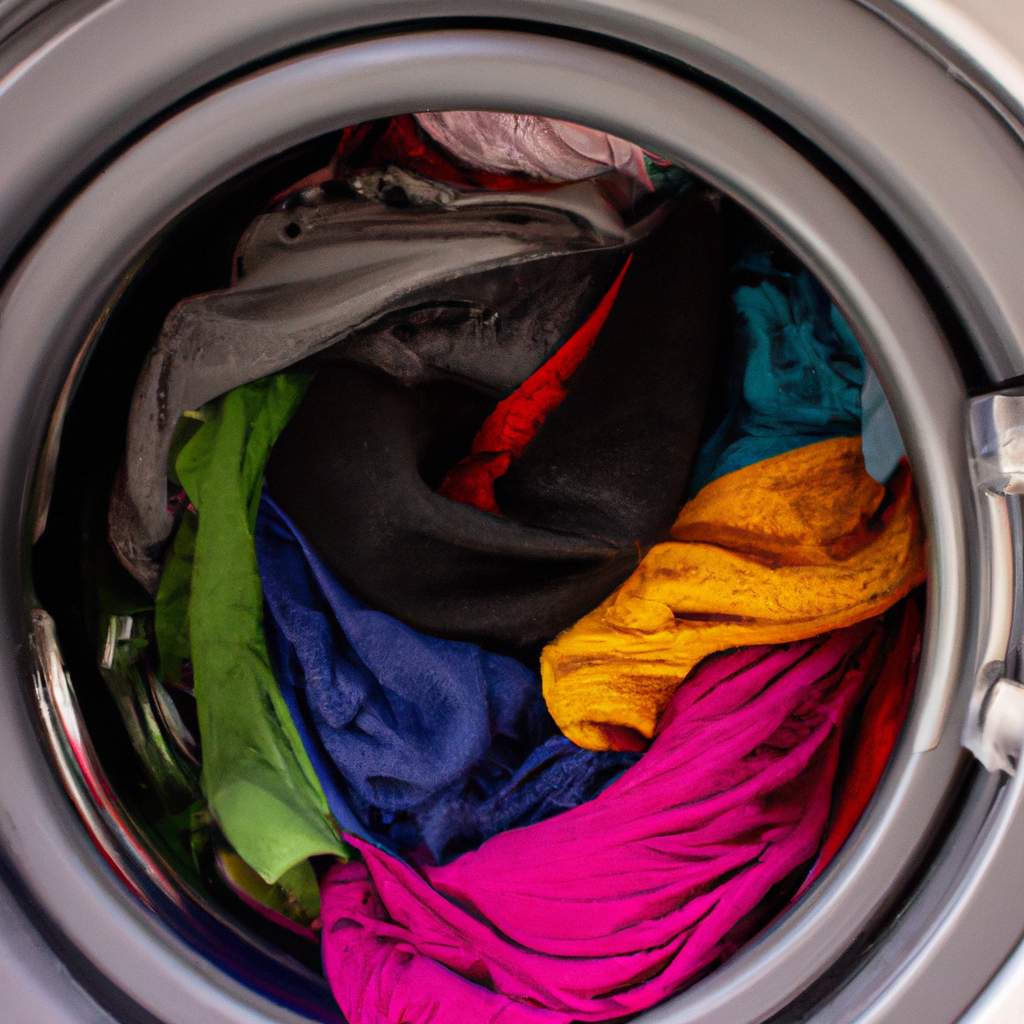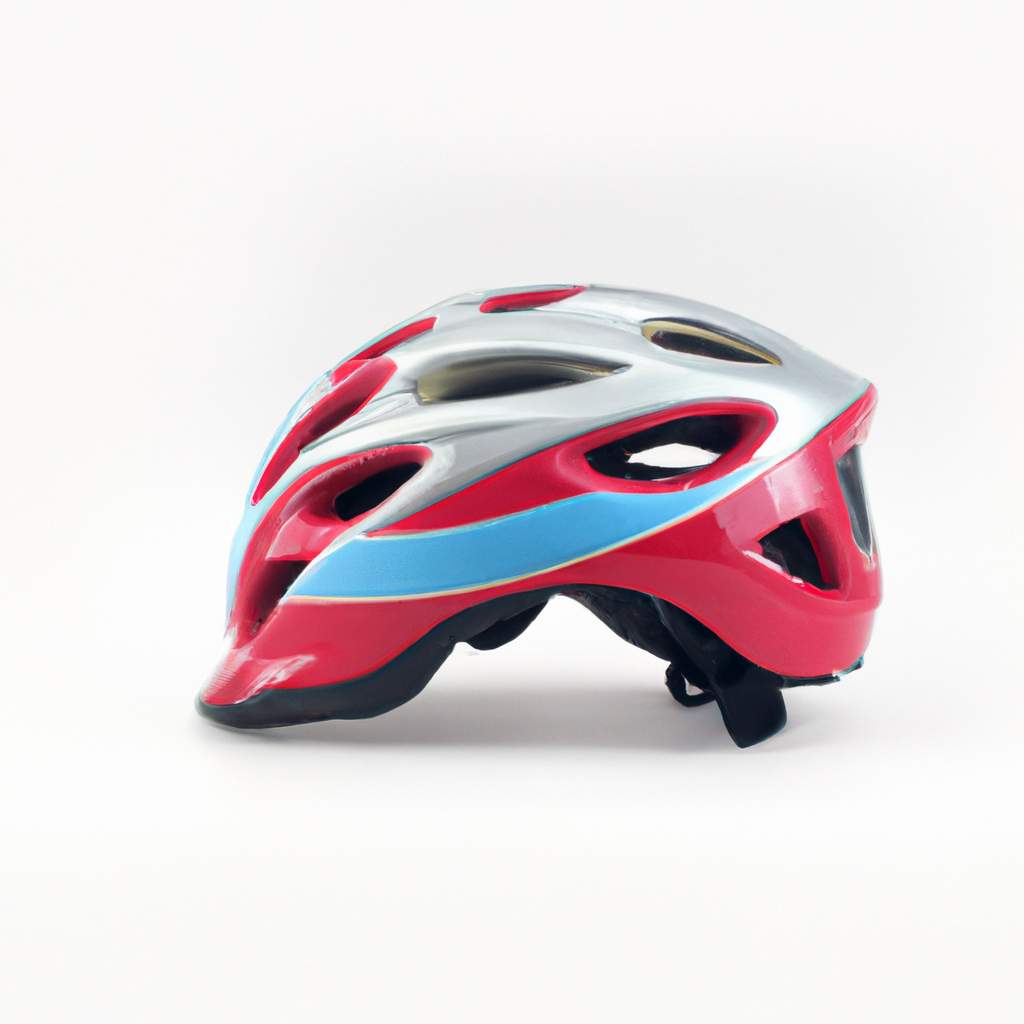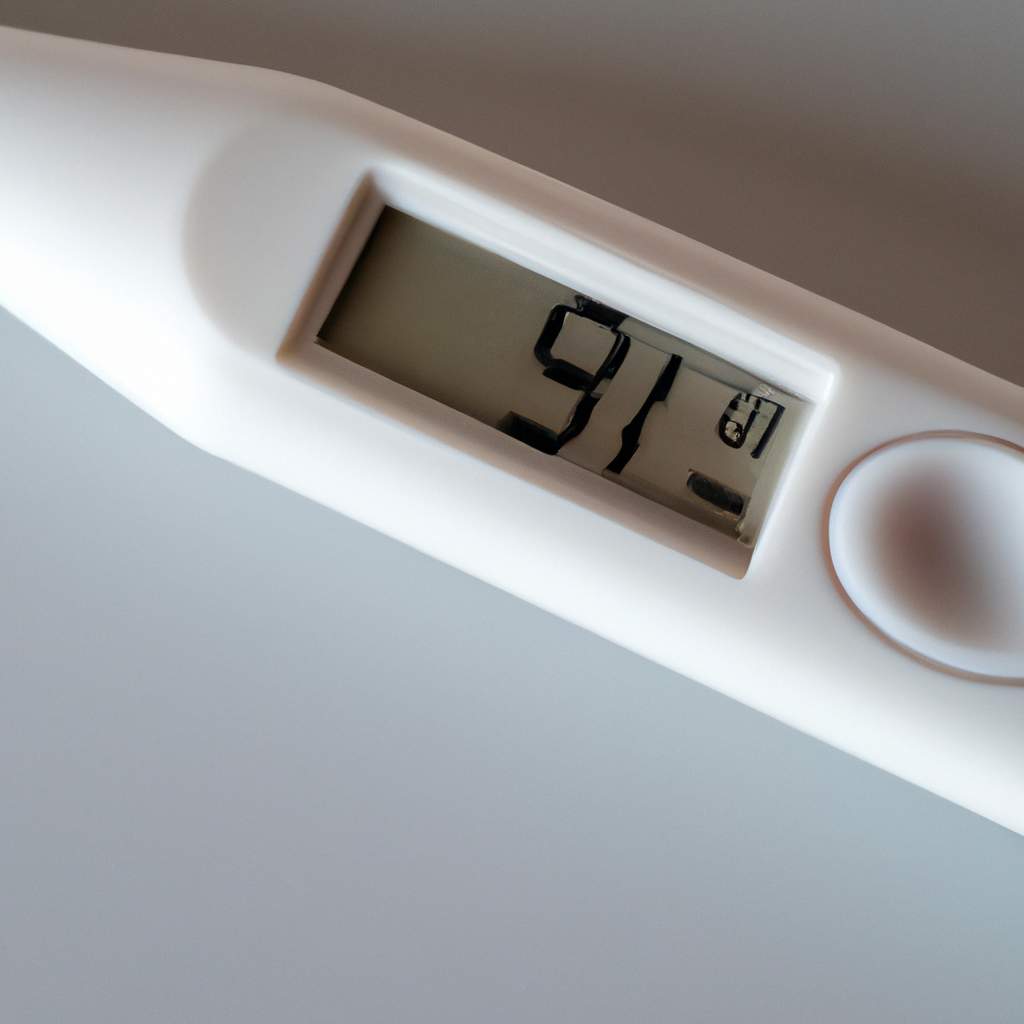Are you experiencing water pressure issues in your home or on your property? Installing a water booster pump can help solve this problem. In this guide, you will find all the information you need to know about water booster pumps, including what they are, the different types available, and how to choose the right one for your needs.
What is a water booster pump and what is its purpose?
A surpresseur is mainly intended for residential properties located in areas with low water pressure. It functions as a pump to increase the water flow on the domestic network. When coupled with a regulator, the system can detect pressure drops and activate the pump at the right time. This not only improves water pressure but also ensures its stability throughout the day.
Different Types of Water Boosters: A Comprehensive Guide
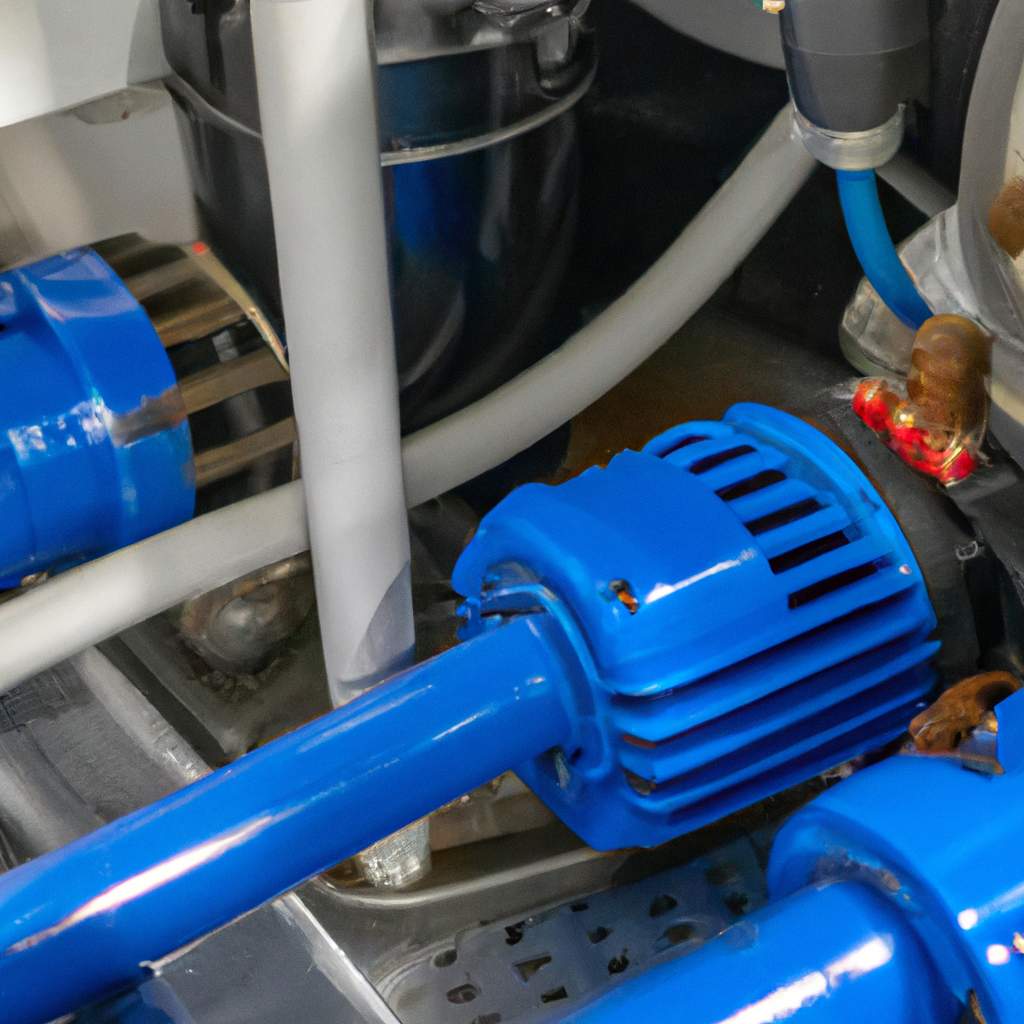
There are two main categories of water booster pumps: the traditional pump booster and the more sophisticated bladder tank booster.
The water booster pump: pros and cons
The conventional booster pump is activated only when the water pressure is too low or when one of the taps is open. While this system is highly functional, it has a drawback: it leads to higher energy consumption as the device starts every time water is drawn.
The bladder water booster: pros and cons
The bladder pressure booster is a type of pump that includes a pressurized buffer tank. This device only starts when the tank is empty, resulting in energy savings. Furthermore, it increases the pump's longevity since it is not constantly used whenever a faucet is turned on.
Criteria for Choosing a Water Booster: What to Look For
When searching for the right water booster pump, there are several factors to consider. These include water flow rate, pressure, and required discharge height. Here are the details.
The Flow
The flow rate refers to the volume of water discharged by the pump and is usually measured in m3/h. To determine the necessary flow rate using this measurement, simply divide your daily consumption (in liters) by 3,000. For example, a bath consumes an average of 180 liters of water, while a shower only consumes 50 liters. A dishwasher cycle uses 20 liters of water, compared to 50 liters for a washing machine cycle. Finally, watering the garden requires 5 liters per square meter.
Understanding Water Pressure: A Comprehensive Guide
For a standard installation, a pressure of 3 bars is considered sufficient to maintain a comfortable level. It is recommended to have slightly higher pressure, with 5 bars being the maximum. The choice of this criterion will depend on the minimum water pressure observed in the current network. The purpose of a water booster pump is to provide optimal pressure even when multiple appliances are being used.
The storage tank capacity
In the case of a bladder pressure booster, the size of the tank plays an important role. A larger tank will require less priming, resulting in lower energy consumption and long-term savings. However, a larger tank will also be louder. The choice of tank volume depends primarily on your water needs.
The Particle Size (if the water is drawn or collected)
Finally, the last criterion to consider is the type of water to be treated:
- Clear water, with suspended matter no larger than 5 mm in diameter.
- Loaded water, with matter no larger than 20 mm.
- Highly loaded water, with matter larger than 20 mm.
If the water is drawn or if it is recovered rainwater, the booster pump must naturally be adapted to the water's particle size in order to avoid damaging the system. This criterion does not apply to water from the domestic network.
